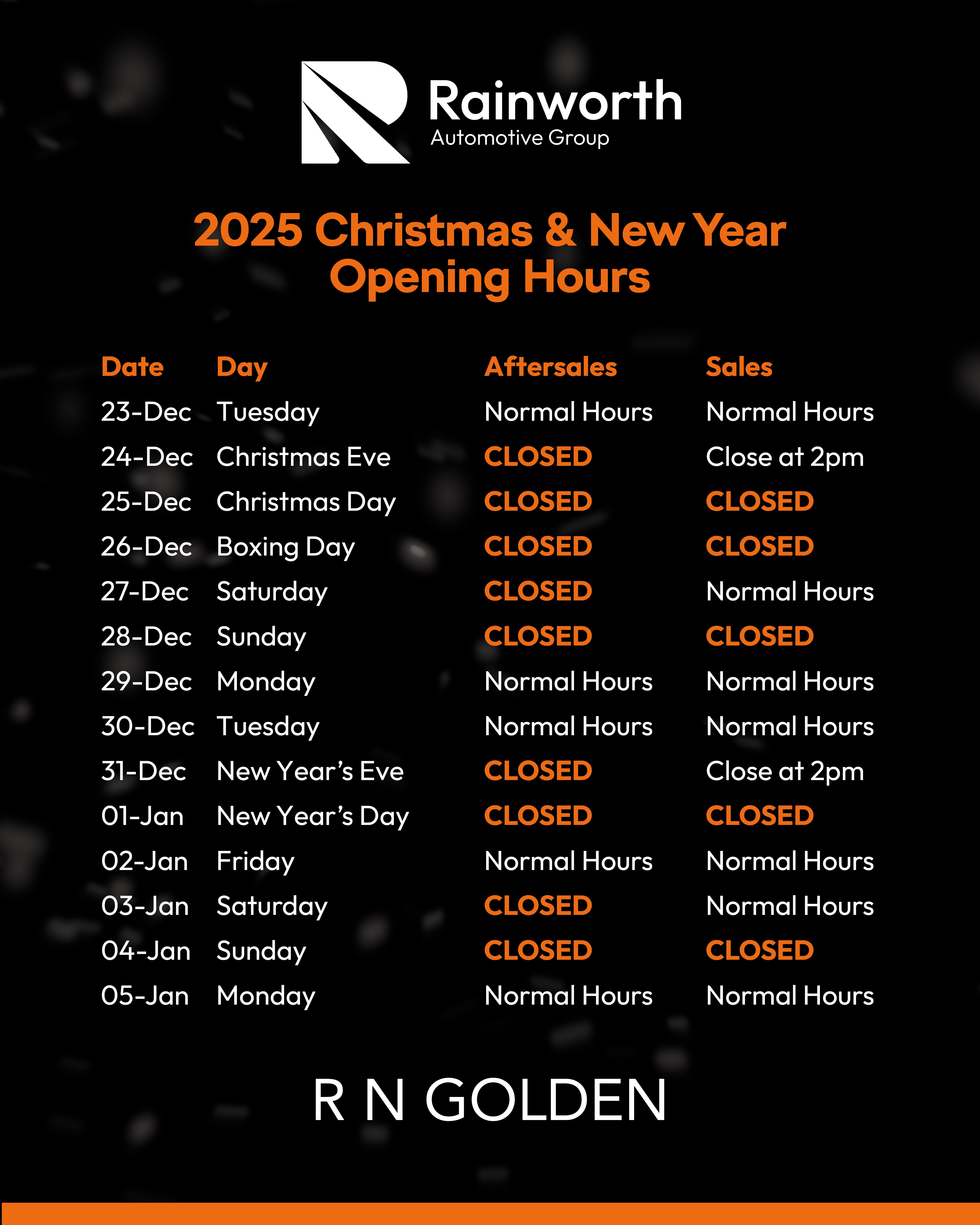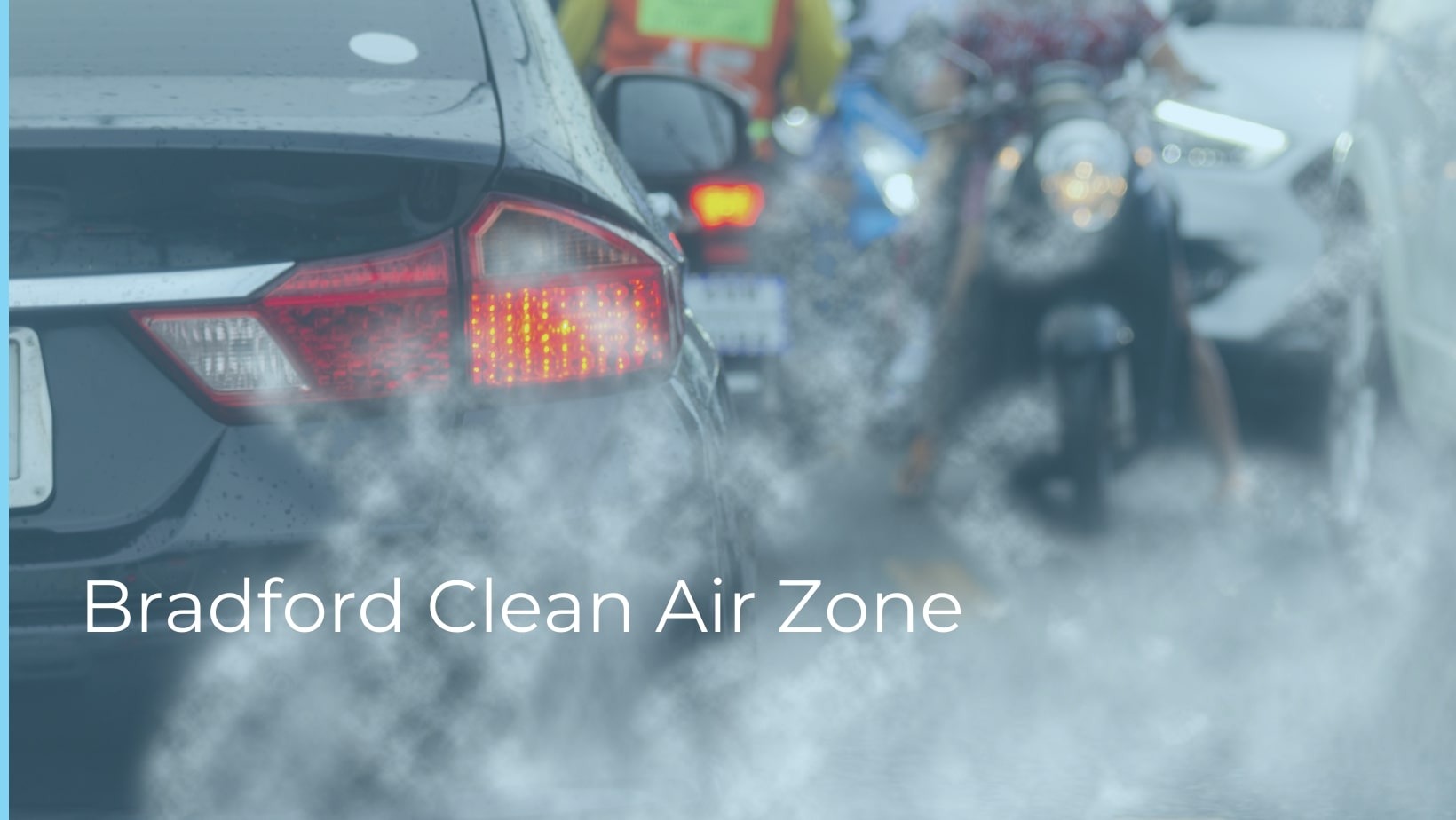Bradford Clean Air Zone
Introduction to Bradford Clean Air Zone
Clean air is a fundamental requirement for a healthy, thriving community. However, in many urban areas around the world, air pollution has become a pressing concern, posing significant risks to both the environment and public health. In response to this growing challenge, cities are increasingly implementing Clean Air Zone (CAZ) initiatives to combat the detrimental effects of air pollution.
One such initiative, the Bradford Clean Air Zone, is at the forefront of the battle for cleaner air in the United Kingdom.
Whether you're a resident of Bradford, a frequent visitor, or simply interested in environmental initiatives, this blog will equip you with the knowledge needed to navigate the Bradford Clean Air Zone effectively.
We will explore the critical components of the Bradford Clean Air Zone, including details on Bradford Clean Air Zone exemptions, charges, designated zones, operational times, and fines for non-compliance. Additionally, we'll shed light on the broader significance of this initiative, discussing its impact on public health, the environment, and the local economy.
Clean air is a shared responsibility, and understanding how the Bradford Clean Air Zone works is the first step toward ensuring a healthier, more sustainable future for this vibrant city and its residents.
Clean Air Zones (CAZs) are becoming increasingly prevalent in cities worldwide as a proactive response to the persistent problem of air pollution. In this section, we'll delve into the fundamentals of Clean Air Zones, why they are essential, and the pressing need for such initiatives.
Definition and Purpose of Clean Air Zones
-
Definition: A Clean Air Zone is a designated area within a city or urban region where targeted measures are implemented to reduce air pollution, primarily by limiting emissions from vehicles.
-
Purpose: The primary purpose of a Clean Air Zone is to improve air quality by reducing the levels of harmful pollutants, such as nitrogen dioxide (NO2) and particulate matter (PM), emitted into the atmosphere. These pollutants are known to have detrimental effects on human health, the environment, and the overall quality of life in urban areas.
Environmental Impact of Air Pollution
-
Health Implications: Air pollution has been linked to a wide range of health problems, including respiratory diseases, heart conditions, and even premature death. Vulnerable populations, such as children, the elderly, and individuals with pre-existing health issues, are particularly at risk.
-
Environmental Consequences: Beyond its impact on human health, air pollution contributes to a host of environmental issues. It harms ecosystems, damages buildings and infrastructure, and can even alter weather patterns. Pollutants from vehicles, including carbon dioxide (CO2), also contribute to climate change.
The Need for Clean Air Initiatives
-
Rising Urbanisation: As urban populations continue to grow, more people are living in areas with high levels of traffic congestion and pollution. This trend necessitates innovative solutions to mitigate the negative effects of urbanization on air quality.
-
Legal Obligations: Many countries, including the United Kingdom, have legal obligations under national and international regulations to reduce air pollution to safe levels. Clean Air Zones are a crucial tool for meeting these obligations.
Clean Air Zones are not just about reducing pollution; they are a means to create healthier, more livable cities, protect the natural environment, and address the global challenge of climate change.
Bradford Clean Air Zone Exemptions
Within the framework of the Bradford Clean Air Zone, one of the most pivotal considerations is the classification and treatment of exempt vehicles. These are vehicles that, under specific circumstances, are not subject to the charges and regulations imposed by the Clean Air Zone initiative.
The only vehicles currently automatically exempt from Bradford Clean Air Zone chargers are passenger cars and motorcycles, however there are some other exemptions:
- Campervans and Motorhomes - Some exemptions for local residents and SMEs
- LGVs - Some exemptions available for SMEs
- HGVs - Some exemptions available for SMEs
- Buses - If the bus meets Euro 4 Standards
- Coaches - Some exemptions for SMEs/SMEs that are undertaking educational, charity or social work
- Minibuses - Some exemptions for SMEs/SMEs that are undertaking educational, charity or social work
The designation of exempt vehicles is crucial for maintaining the functionality of essential services, ensuring public safety, and accommodating unique cases where Clean Air Zone charges would be impractical or counterproductive. It represents a balance between the goal of improving air quality and the need to continue essential activities within the city.
Even exempt vehicles may be subject to restrictions in certain circumstances or areas, particularly if their emissions exceed defined thresholds or if they do not meet the necessary criteria for exemption. Furthermore, the criteria for exempt vehicles can evolve over time as technologies advance and air quality standards become more stringent.
Staying informed about these criteria and any potential changes is essential for vehicle owners and operators, ensuring that they remain in compliance with Clean Air Zone regulations.
If you are unsure whether an exemption is available, you can check the status of your vehicle on the gov.uk website.
Bradford Zone Charge
One of the central elements of the Bradford Clean Air Zone initiative is the implementation of charges, a mechanism designed to incentivise cleaner and more environmentally friendly modes of transportation while discouraging vehicles that contribute to air pollution.
Overview of The Clean Air Charge in Bradford
The charges imposed within the Bradford Clean Air Zone serve a dual purpose: to generate revenue that can be reinvested in cleaner transportation infrastructure and to create a financial incentive for vehicle owners and operators to opt for cleaner alternatives. These charges are typically applied to new or used vehicles in Bradford, that do not meet the specified emissions standards and criteria outlined by the initiative.
Types of Charges
Clean Air Zones can employ different charging structures, such as daily or monthly charges. Daily charges are often designed to encourage short-term compliance, while monthly charges may be more relevant for frequent visitors or businesses operating within the zone. The specific charging structure can vary depending on the Clean Air Zone's objectives and the needs of the local community.
Pricing Structure
The pricing structure for Clean Air Zone charges is typically tiered, with higher charges applying to vehicles with more significant emissions. This structure encourages the use of cleaner vehicles or alternative modes of transportation
| Type of Vehicle | Charge for non-compliant vehicle |
| HGVs | £50 |
| Buses | £50 |
| Coaches | £50 |
| Minibuses | £9 |
| LGVs | £9 |
| Hackney Carriages | £7 |
| Private Hire Vehicles (not including wheelchair accessible) | £7 |
| Campervans and Motorhomes |
£9 up to 3.5t £50 over 3.5t |
Bradford Clean Air Zone Checker
Payment Methods and Enforcement
To ensure that charges are collected efficiently and fairly, you will need to pay these charges online through the government portal.
Enforcement mechanisms play a crucial role in ensuring that vehicles subject to charges are identified and billed appropriately. Automated systems, including cameras and license plate recognition technology are often deployed to monitor vehicle movements within the Clean Air Zone. Failure to pay charges or comply with Clean Air Zone regulations can result in penalties, which may include fines or other enforcement actions.
Additionally, the revenue generated from charges can be reinvested in initiatives aimed at further improving air quality, making the Bradford Clean Air Zone a multifaceted approach to addressing the challenges of urban air pollution.
Zones and Times
To effectively navigate the Bradford Clean Air Zone, understanding the specific zones and operational times is paramount. In this section, we will delve into the zoning structure within the Clean Air Zone, the designated areas affected, and the times during which the initiative is in operation.
Zoning Structure within Bradford Clean Air Zone
The Bradford Clean Air Zone is typically divided into specific zones, each with its own set of regulations and charges. These zones are strategically established to target areas with the most significant air quality concerns. For instance, zones may encompass densely populated city centers, areas near schools and hospitals, or regions with heavy traffic congestion. Understanding which zones apply to your route or destination is essential for compliance.
In the case of Bradford's Clean Air Zone, this covers the area inside (and including) the outer ring road, extending also out to the Aire Valley corridor (Manningham Lane/Bradford Road and Canal Road area) to include Shipley and Saltaire.
Operating Times and Days
Clean Air Zones have designated operating times during which charges and access restrictions are enforced. In the case of Bradford's Clean Air Zone, charges are enforced 24 hours a day, 7 days a week.
Fines for not paying charges
If you fail to pay the Clean Air Zone charge, you will be served with a penalty charge notice (PCN) to the value of £120 as well as the initial charge for driving in the Clean Air Zone.
You will then have 28 days to pay our penalty charge notice, although if you pay within 14 days, this is reduced to £60. You can pay your fine online on the City of Bradford council website.
Which Hyundai Models Comply with Clean Air Zones?
Hyundai offers a range of models that are likely to comply with clean air zone regulations, particularly those registered after 2005. These vehicles typically meet or exceed the Euro 4 emissions standard, making them eligible for entry into most clean air zones without incurring charges.
Popular Hyundai models for sale in Bradford, that fall into this category include the compact i10, the versatile i20, and the family-friendly i30. Additionally, petrol versions of larger vehicles like the Tucson and Santa Fe are also likely to be compliant. This wide selection of compliant vehicles allows Hyundai owners to navigate clean air zones with confidence, knowing their vehicles, meet the necessary environmental standards.






